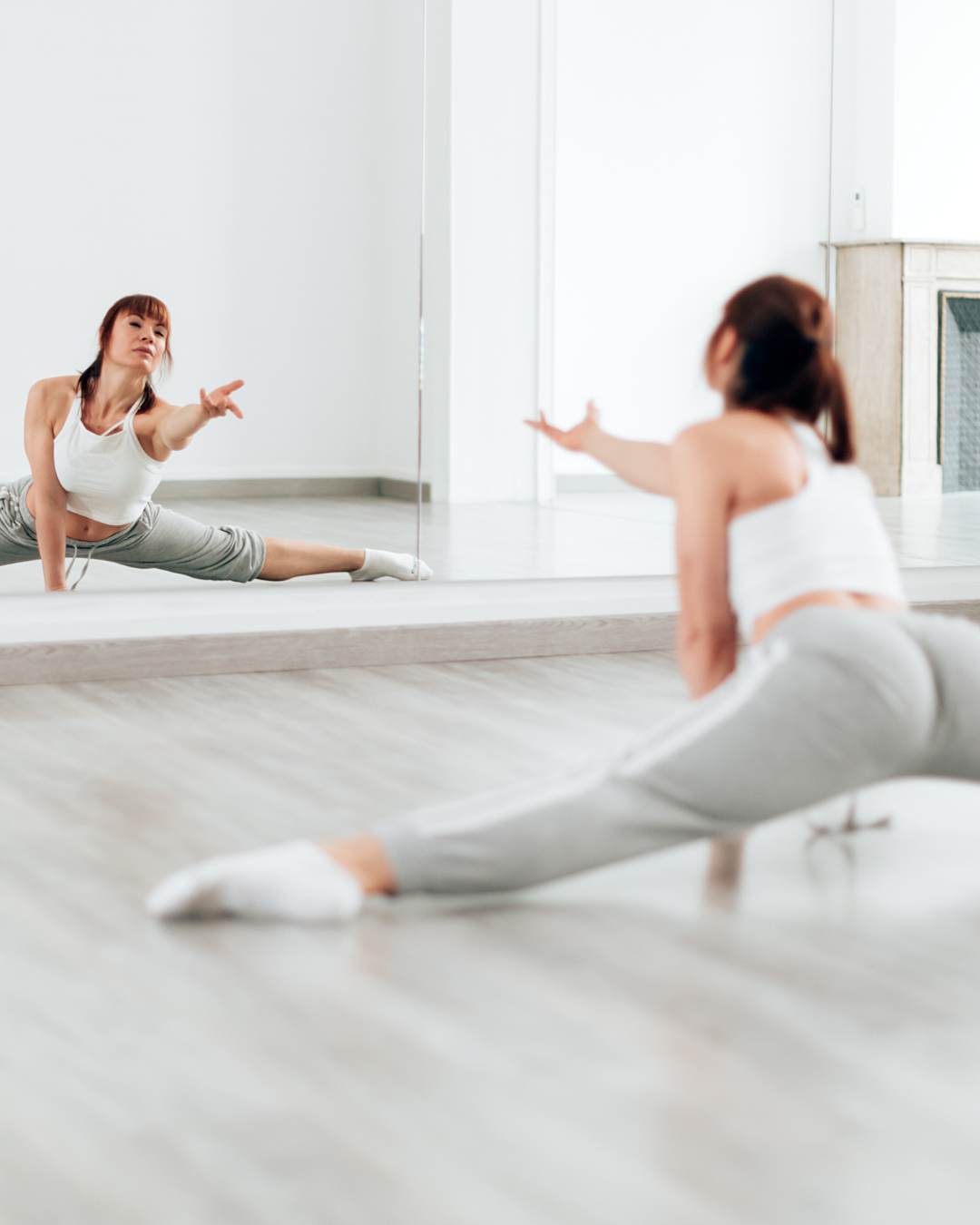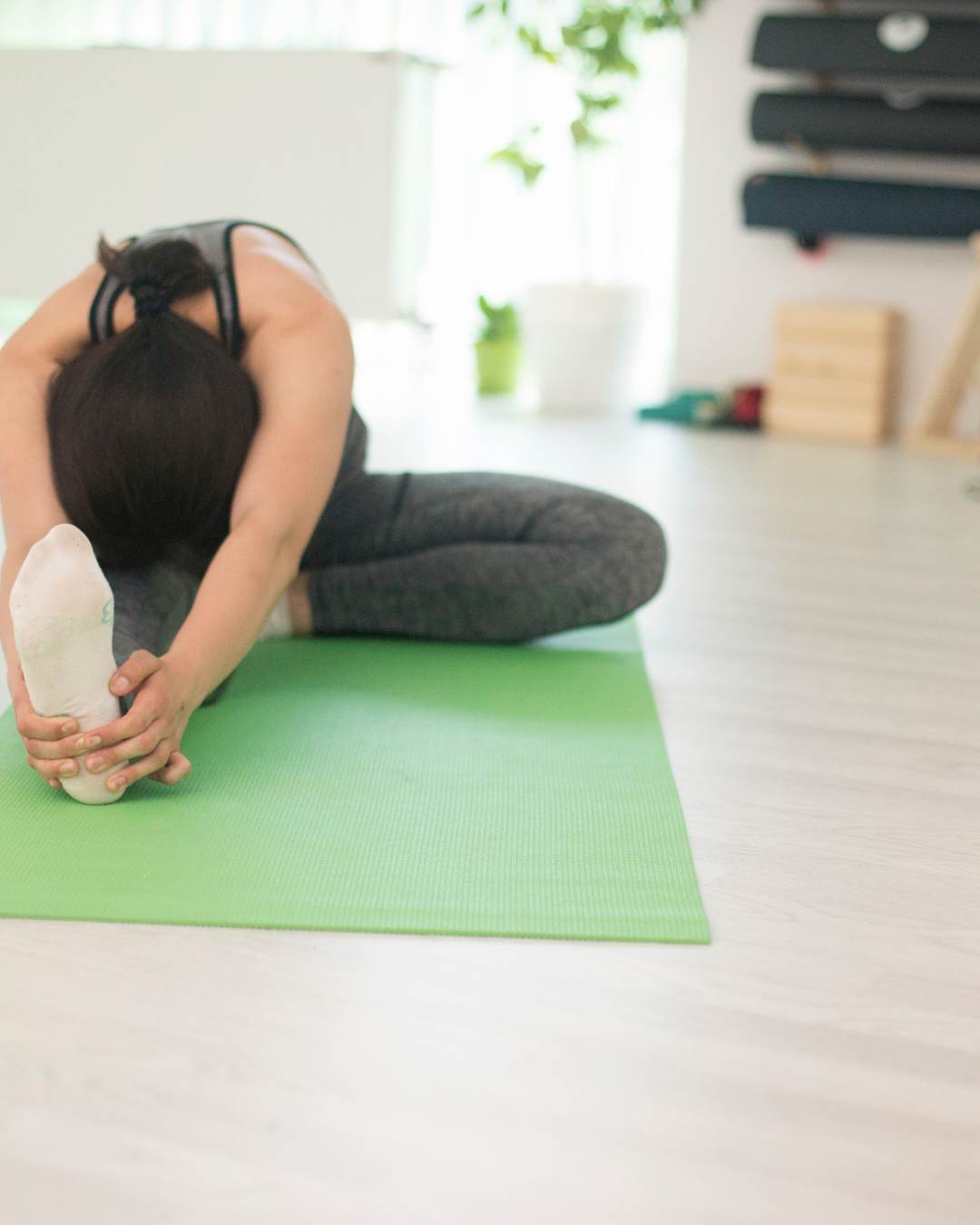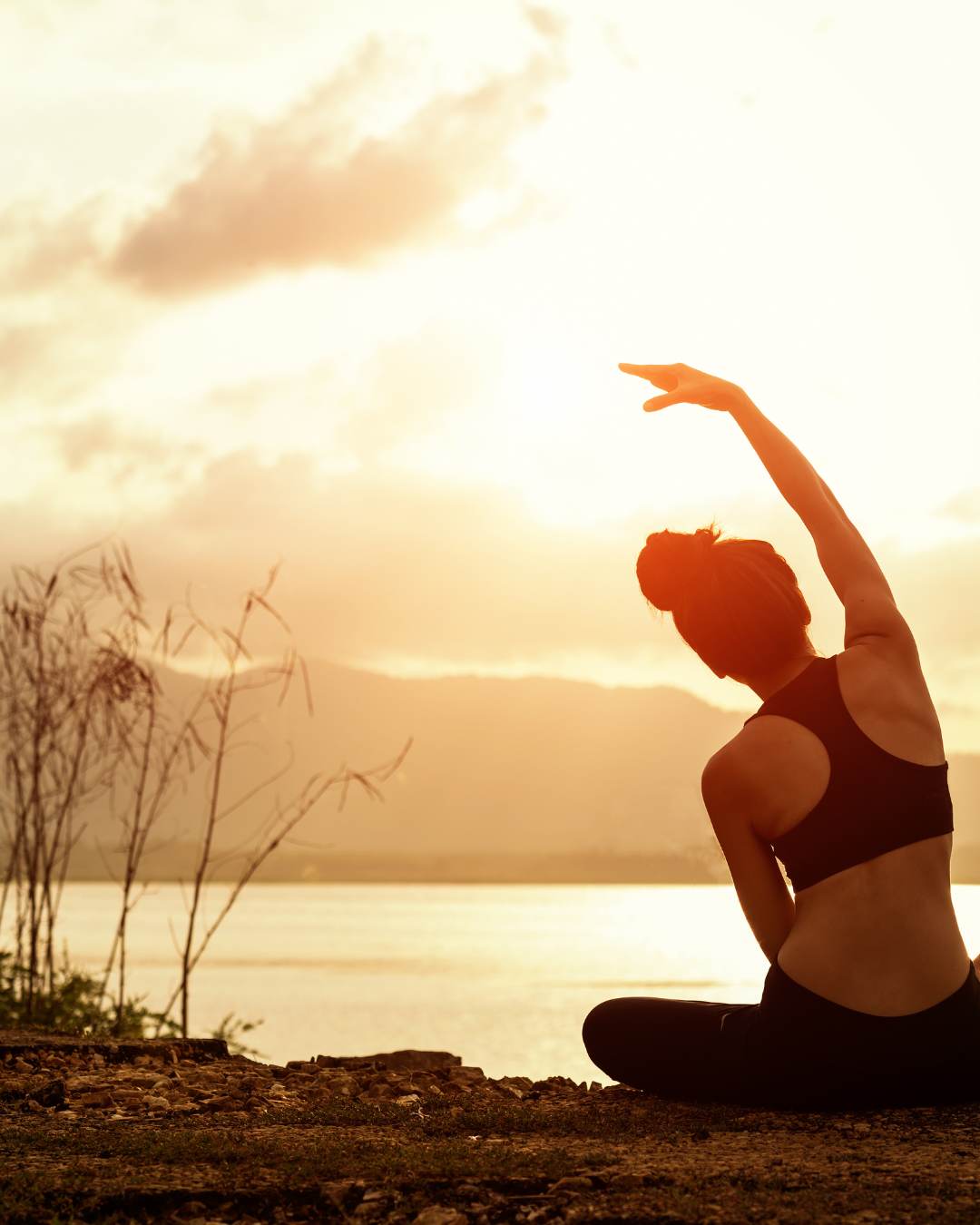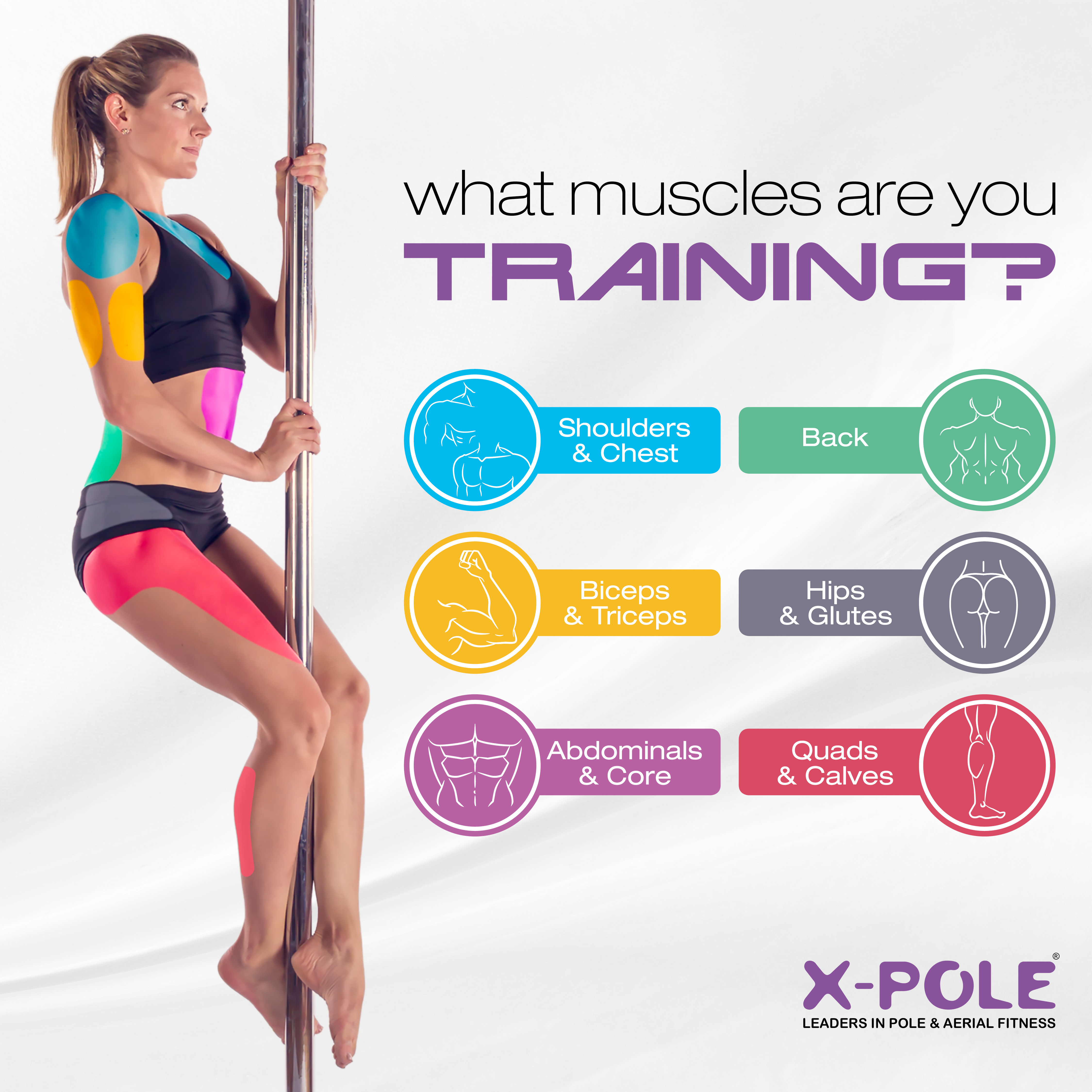
Hey beautiful souls... let's talk about something we all know is crucial but polers often overlook – recovery.
It's not just about taking a break; it's about actively nurturing our bodies so we can keep dancing, rolling, and moving with flow. Proper recovery is your ticket to enhanced performance, fewer injuries, and a long, healthy journey with pole dance.

Understanding Your Body
Pole dancing demands so much from us – strength, flexibility, endurance. We dedicate hours to training and studying new moves, but very little to recovery time.
It's vital to listen to your body, recognising when it's had enough. Overtraining can lead to burnout and injuries, so know when to take a step back and allow your body to heal.
When you're constantly pushing yourself, it's easy to overlook the subtle signs that your body needs a break. Muscle soreness, persistent fatigue, and even minor aches can be indicators that you’re overtraining. Ignoring these signs can lead to burnout, and worse, injuries that could side-line you for weeks or even months.
Recognising When to Step Back
Understanding when to take a step back is an art in itself. Here are some key signs that you might need to slow down:
- Persistent Muscle Soreness: A little soreness is normal, but if you’re experiencing persistent pain that doesn’t go away with rest, it’s a sign you might be overdoing it.
- Decreased Performance: If you find your usual moves feel harder, or you’re struggling to hit your personal bests, it might be time to rest.
- Mental Fatigue: Pole dancing isn’t just physically demanding; it’s mentally taxing too. If you’re feeling mentally drained or unmotivated, your body might be telling you it needs a break.
- Sleep Disturbances: Trouble sleeping can be a sign of overtraining. Your body needs rest to repair itself, and disrupted sleep patterns can hinder this process.
The Power of Rest Days
Incorporating rest days into your routine is essential. These are not days of inactivity, but rather days where you focus on low-impact activities like stretching, gentle yoga, or even a light walk. Rest days allow your muscles to repair and grow stronger, preparing you for more intense training sessions.
Recovery Techniques
Here are some effective recovery techniques that can help you stay in tune with your body:
- Foam Rolling: This helps to release muscle tightness and improve blood flow.
- Ice Baths: Great for reducing inflammation and speeding up recovery.
- Massage Therapy: Regular massages can help with muscle tension and promote relaxation.
- Mindful Breathing: Stress can impact your body’s ability to recover. Incorporate mindful breathing exercises to reduce stress and promote relaxation.
- Gentle massage with Pole Physics every time you shower or bathe.
The Importance of Professional Guidance
Never underestimate the value of professional guidance.
Consulting with a physiotherapist or a trained fitness professional can help you understand your body better. They can provide personalised advice on how to manage your training load and recover effectively.
We also highly recommend (if you're female) seeing a women's health physio to discuss your training & the importance of a strong core, but also pelvic floor. Many women don't do this until after they have had kids.
Start with a physio while you're young & stay mindful when you're training through-out your pole journey.
Embrace the Process
Recovery is not a sign of weakness but a crucial part of becoming a stronger, more resilient pole dancer.
Embrace the process of listening to your body and giving it the care it deserves. By doing so, you’re not just preventing injuries; you’re enhancing your overall performance and ensuring you can continue doing what you love for years to come.
Stretching and Flexibility
Stretching isn't just for the gymnasts among us; it's essential for all pole dancers. Regular stretching helps improve flexibility, reduces muscle stiffness, and enhances your overall performance. Here are a few stretches that should be in every pole dancer's toolkit:
- Hamstring Stretch: Keep those legs limber and strong.
- Shoulder Stretch: Crucial for pole.
- Back Stretch: Relieve tension and maintain a healthy spine.

Nutrition for Recovery
What we fuel our bodies with directly impacts our recovery. A balanced diet rich in proteins, vitamins, and minerals can aid in muscle repair and energy replenishment. Here are some tips:
- Proteins: Think lean meats, beans, and nuts – essential for muscle repair.
- Antioxidants: Reduce inflammation with berries, leafy greens, and nuts.
- Hydration: Water, water, water! Keep that beautiful, hard working body hydrated.
Rest and Sleep
- Never underestimate the power of a good night's sleep.
- Aim for 7-9 hours minimum to give your muscles the rest they need.
- Create a sanctuary for sleep – cool, dark, and quiet.
- Establish a bedtime routine that signals your body it's time to wind down.
Mental Recovery
Recovery isn't just physical; it's mental too.
Incorporating relaxation techniques like meditation, yoga, or mindful breathing into your routine can do wonders.
Trust me, your mind needs as much care as your body.

Remember that recovery is personal and unique to each dancer.
Anna, Professional Pole Dancer: "I always make sure to stretch for at least 15 minutes after each session. It has made a huge difference in my flexibility and recovery time."
Liam, Pole Instructor: "Hydration and sleep are my go-to recovery tools. I also use a foam roller to ease muscle tension."
We'd love to hear your recovery tips and experiences – share them on your socials and tag us @polephysics
Recovery is an integral part of your pole journey.
By incorporating proper stretching, nutrition, rest, and mental relaxation into your routine, you'll not only enhance your performance but also ensure a long, healthy relationship with dance & movement.

